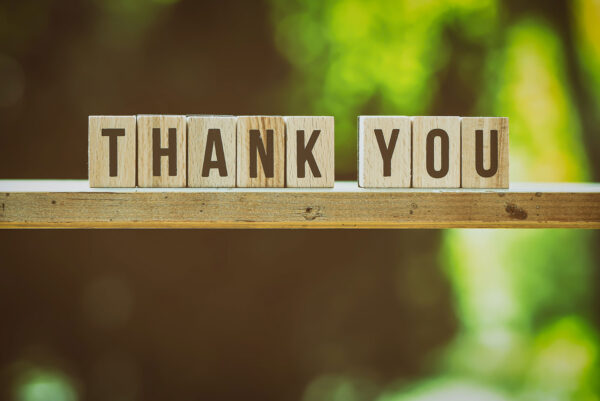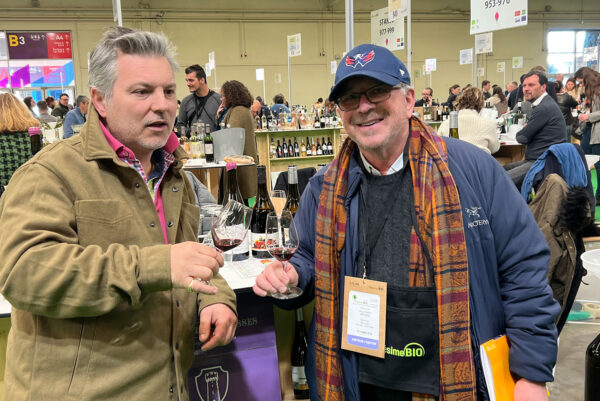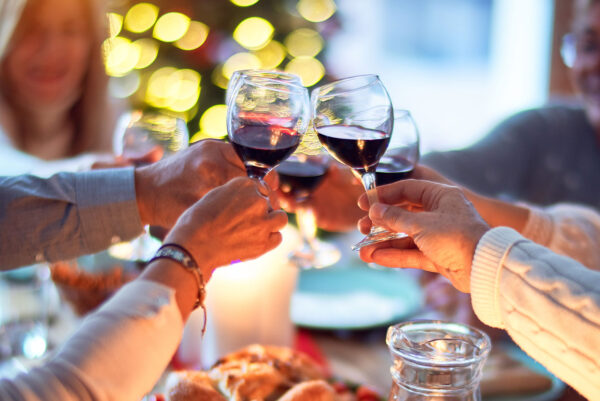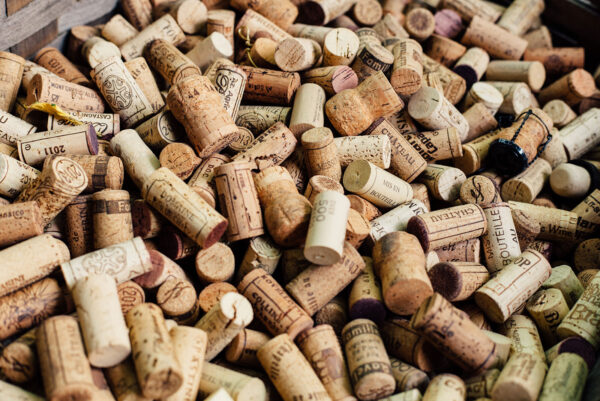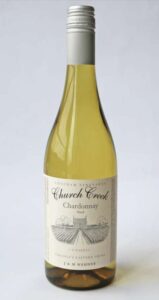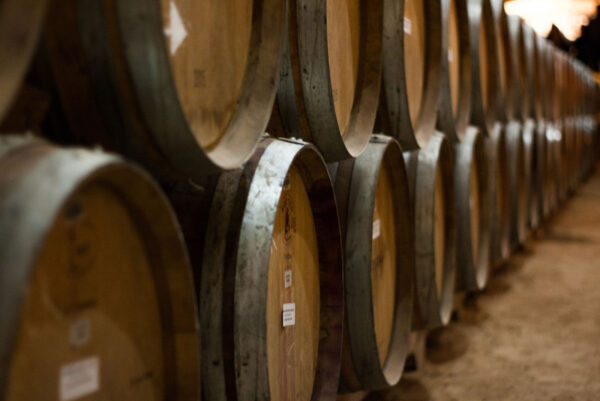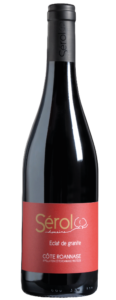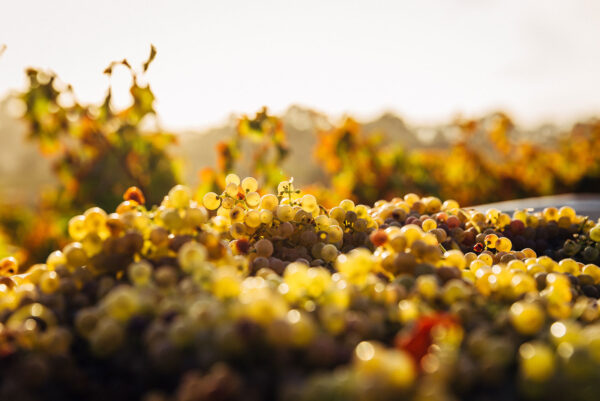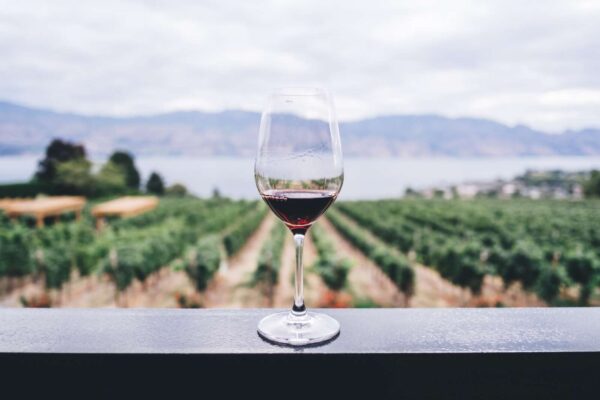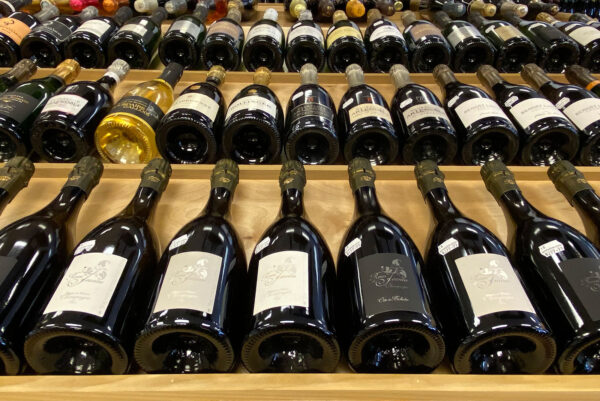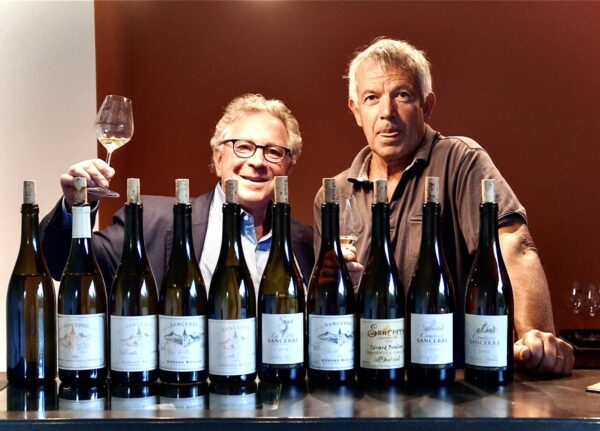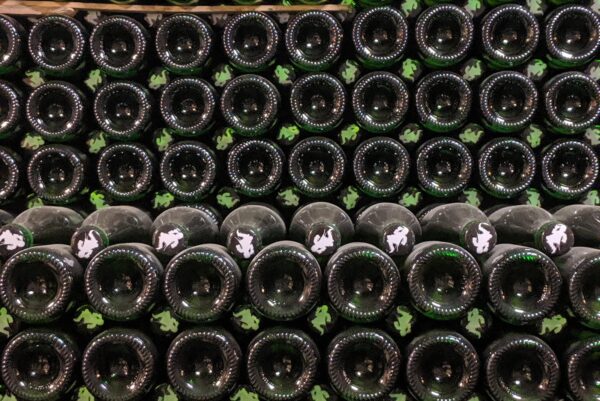This column is written by the team at Arrowine & Cheese (4508 Cherry Hill Road). Sign up for the email newsletter and receive exclusive discounts and offers. Order from Arrowine’s expanding online store for curbside pickup or in-store shopping. Have a question? Email thenose@
Can we talk?
This column is an advertisement and an instrument to generate interest and, hopefully, revenue. But it’s more than that to me. For those of you who know me, my work, and Arrowine, you know I hate bu**sh**.
I’m no spring chicken, and the reality of turning sixty-five this June boggles my mind and scares me in many ways. So I ask myself that age-old question, where did the years go? My father used to say, “one day, you are going to wake up, look in the mirror, and not recognize who you’re looking at!” And that day has come and in spades.
That leads me to my next rant, retirement. And do what? Play golf? Move to the beach, or heaven forbid Florida? I sooner walk in front of a bus. I can’t afford to retire, anyway. Part of it is my fault. And let’s not forget the last three years have been unmitigated hell. Doing the right thing can be expensive. It can drain your bank account but not your conscience.
Thankfully, COVID-19 is waning, but it sure is alive and well with me. And it’s just the beginning. We are witnessing the largest shifting and realignment of the post-Great Depression economy. Just look around you. How many businesses failed? How many people lost their jobs and everything at no fault of their own? It was an economic Tsunami. And let’s not mention over one million Americans died before their time. So what did we as a nation and society learn from this? Not much, and it scares the hell out of me.
In my naivety, I thought it might bring our fractured nation closer. Our differences would pale in comparison to saving lives and respecting our neighbor’s health and well-being. But it did exactly the opposite!
A pandemic is inconvenient, expensive, and a first-rate pain in the ass. We didn’t ask for this! But science is science, one plus one equals two, and yes, we did land on the moon. So in a crisis, in a war, you do what you must do, not what is expedient or easy.
You do what is right, what is moral, and honorable because anything less is undignified and selfish. I will have to work a bit longer or maybe until I drop, but that’s how it is.
Arrowine isn’t my work. It gives me purpose and pleasure. It is who I am, and I love it! There are days, weeks, months, and years of aggravation, challenges, frustrations, and uncertainty, but it’s who I am. G-d and my loved ones give me strength, but you motivate me. So, thank you for that.
In return, I promise to give you my very best, I sincerely thank you for sticking by us through thick and thin, and I sincerely appreciate it.
That leads me to what matters, the future. We have looked long and hard at what we were doing and how we did it. With the help of our entire staff, we are retooling, refining, and re-creating Arrowine. So we are getting rid of what didn’t work to add value to your shopping experience and to ensure that we are a part of this community for many years to come. Our best is yet to come!
Thank you for reading this,
Doug Rosen, Shem Hassan, Ayet Boudjellal, and the entire Arrowine team
